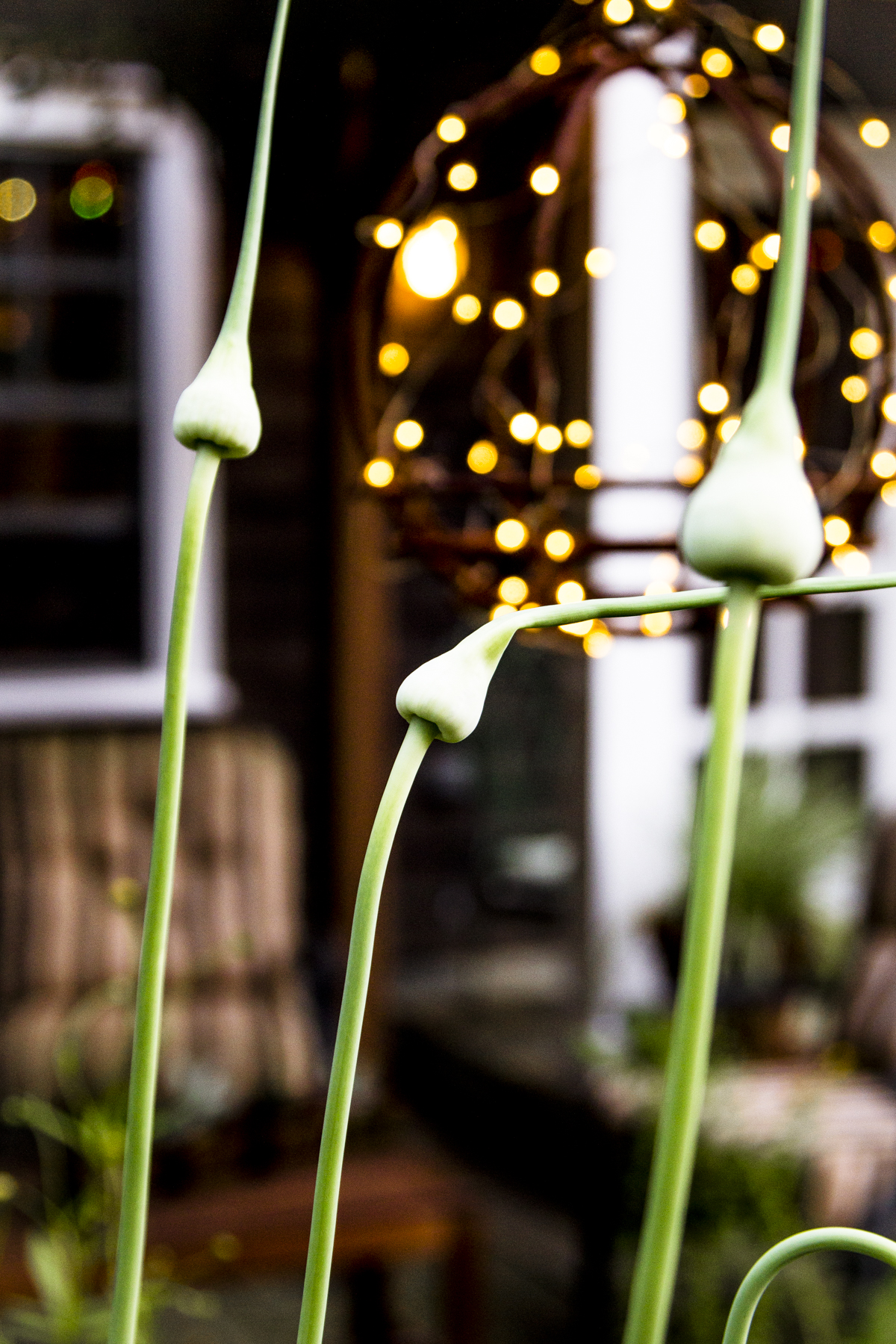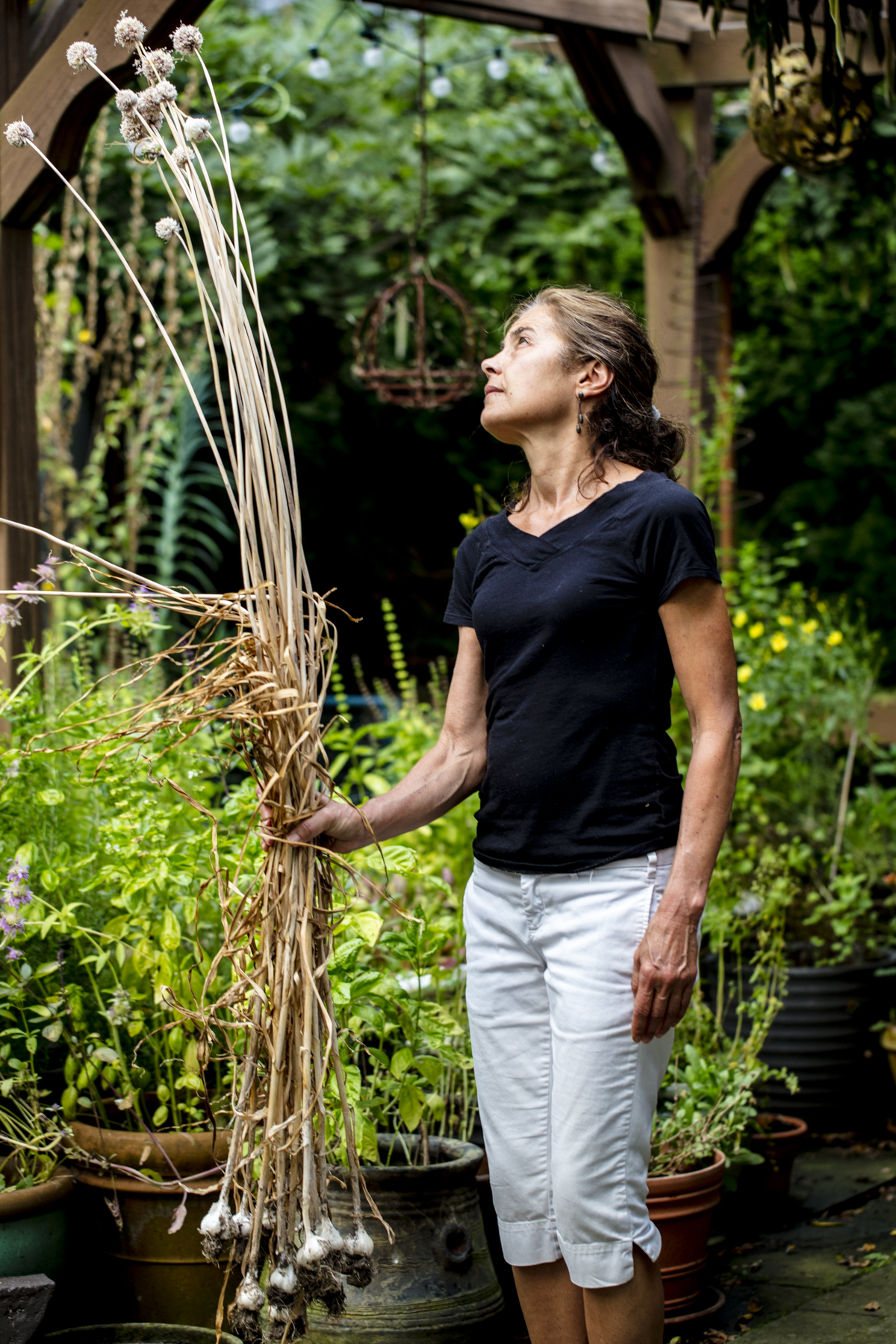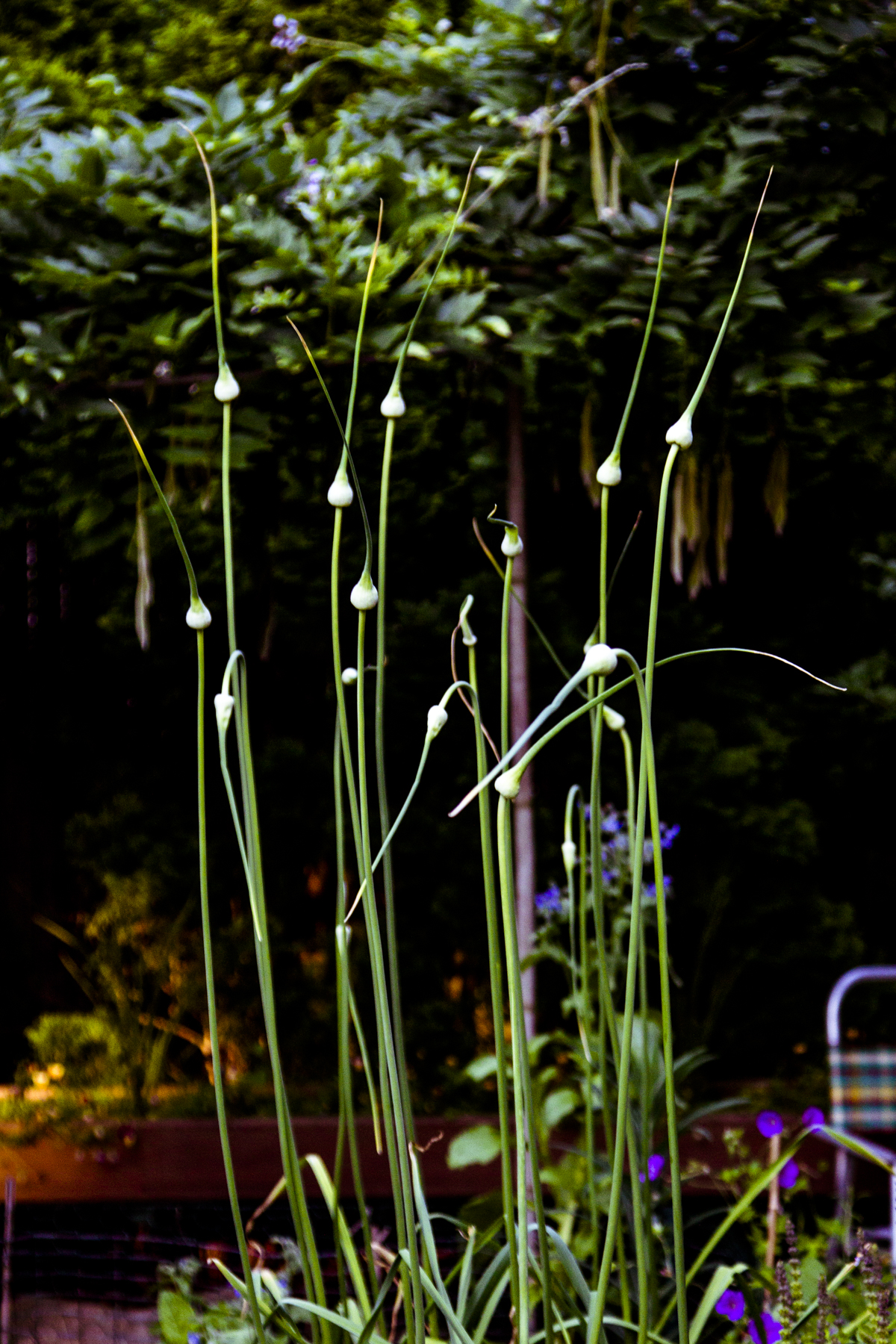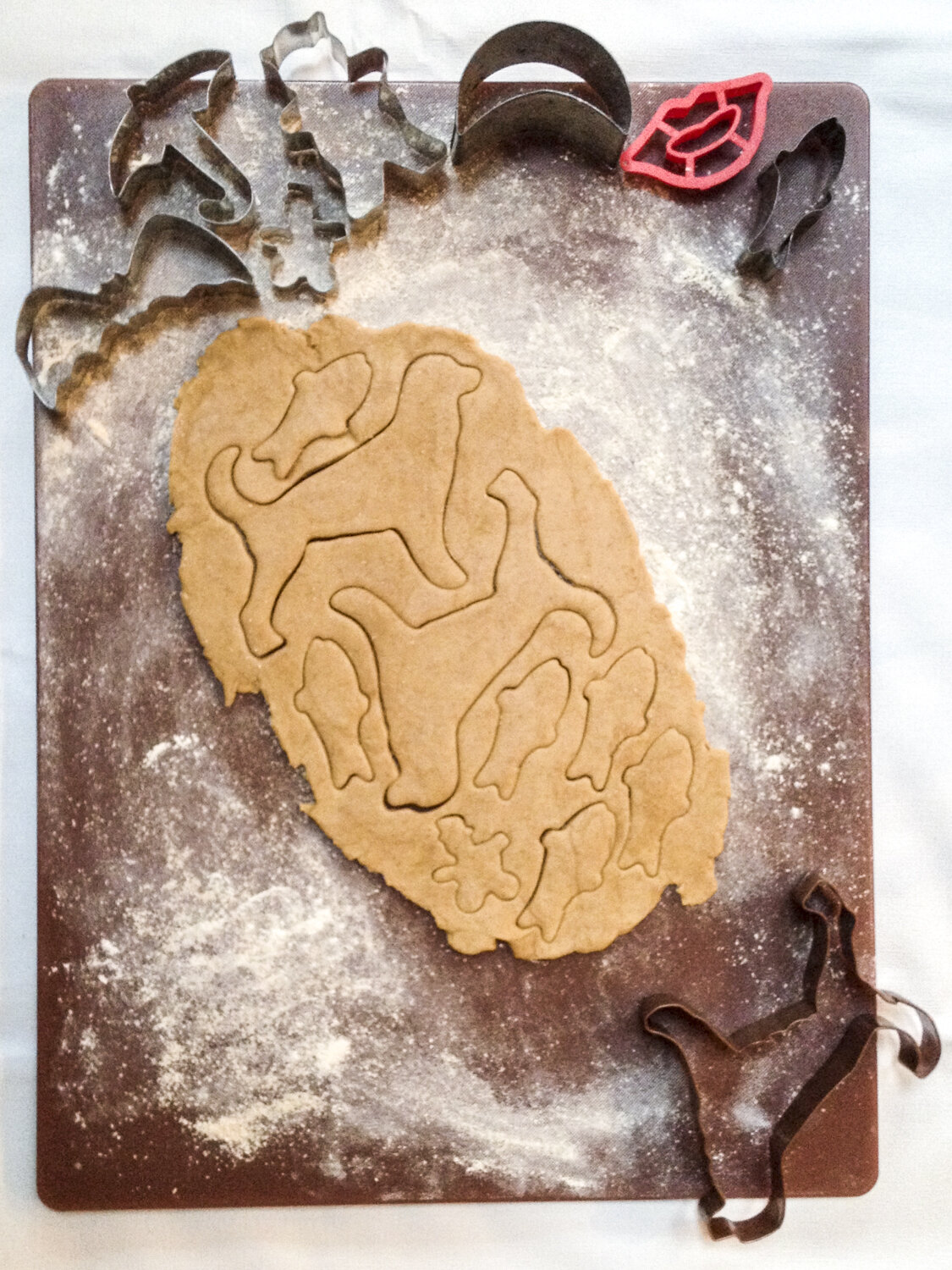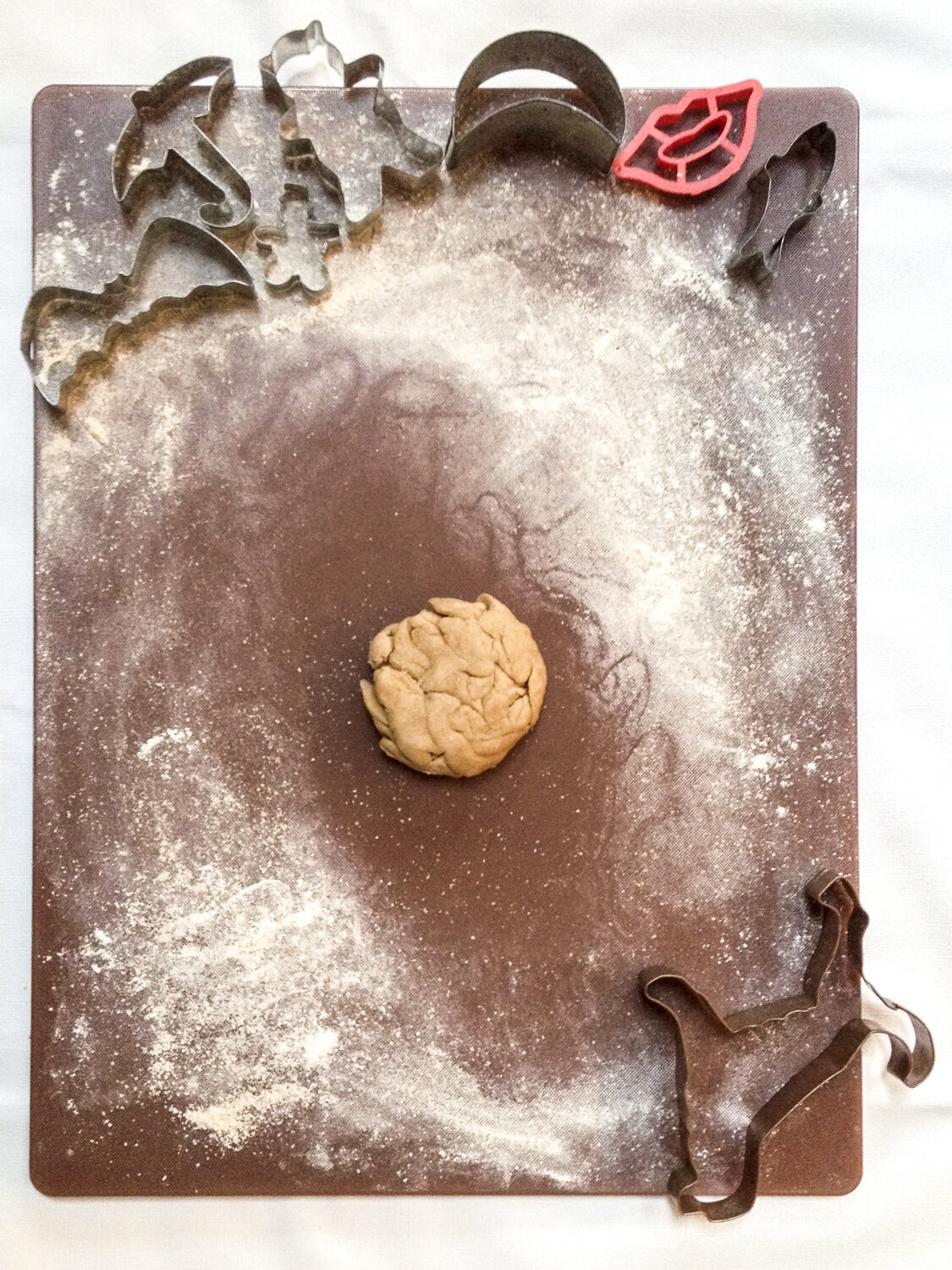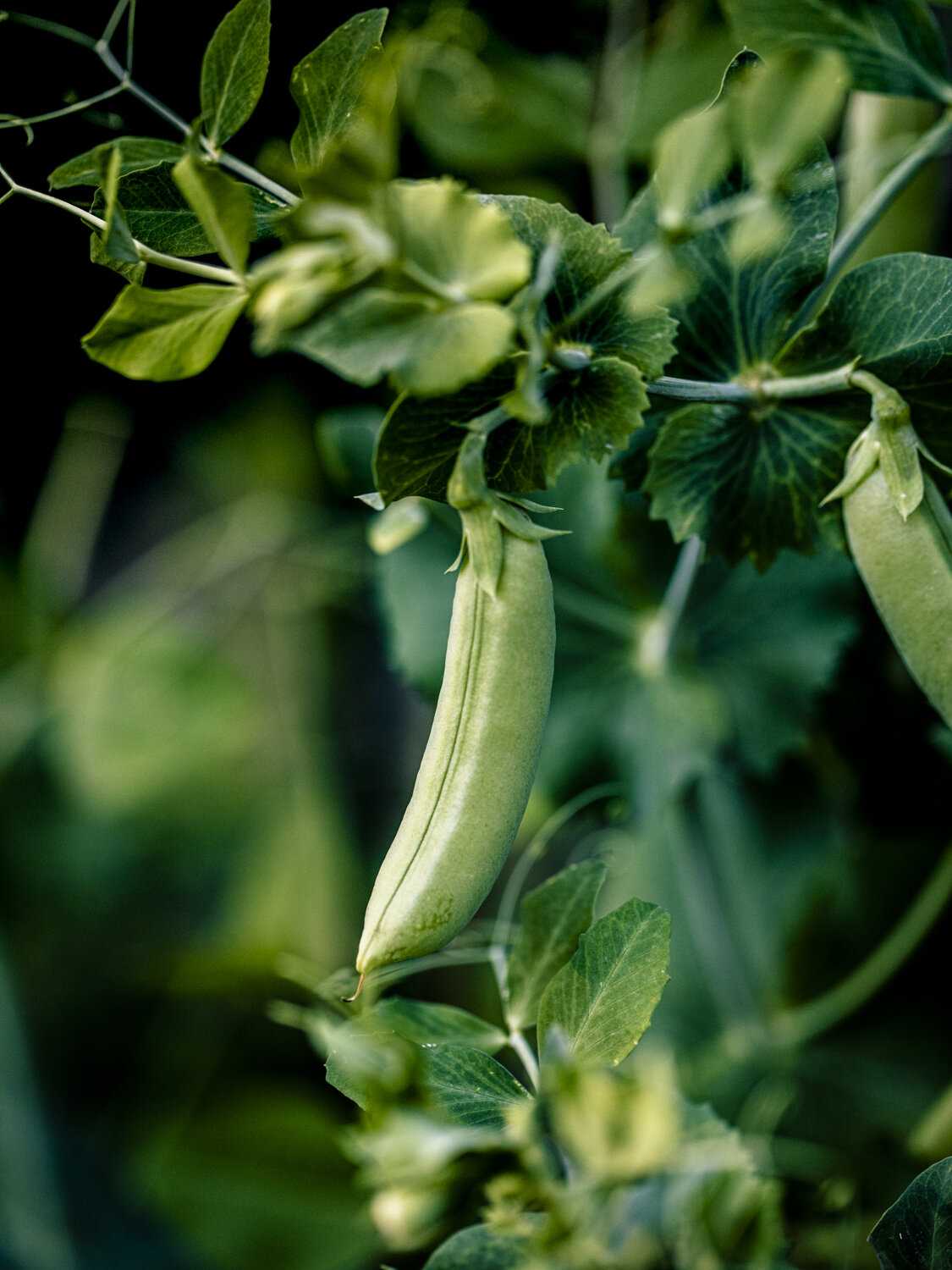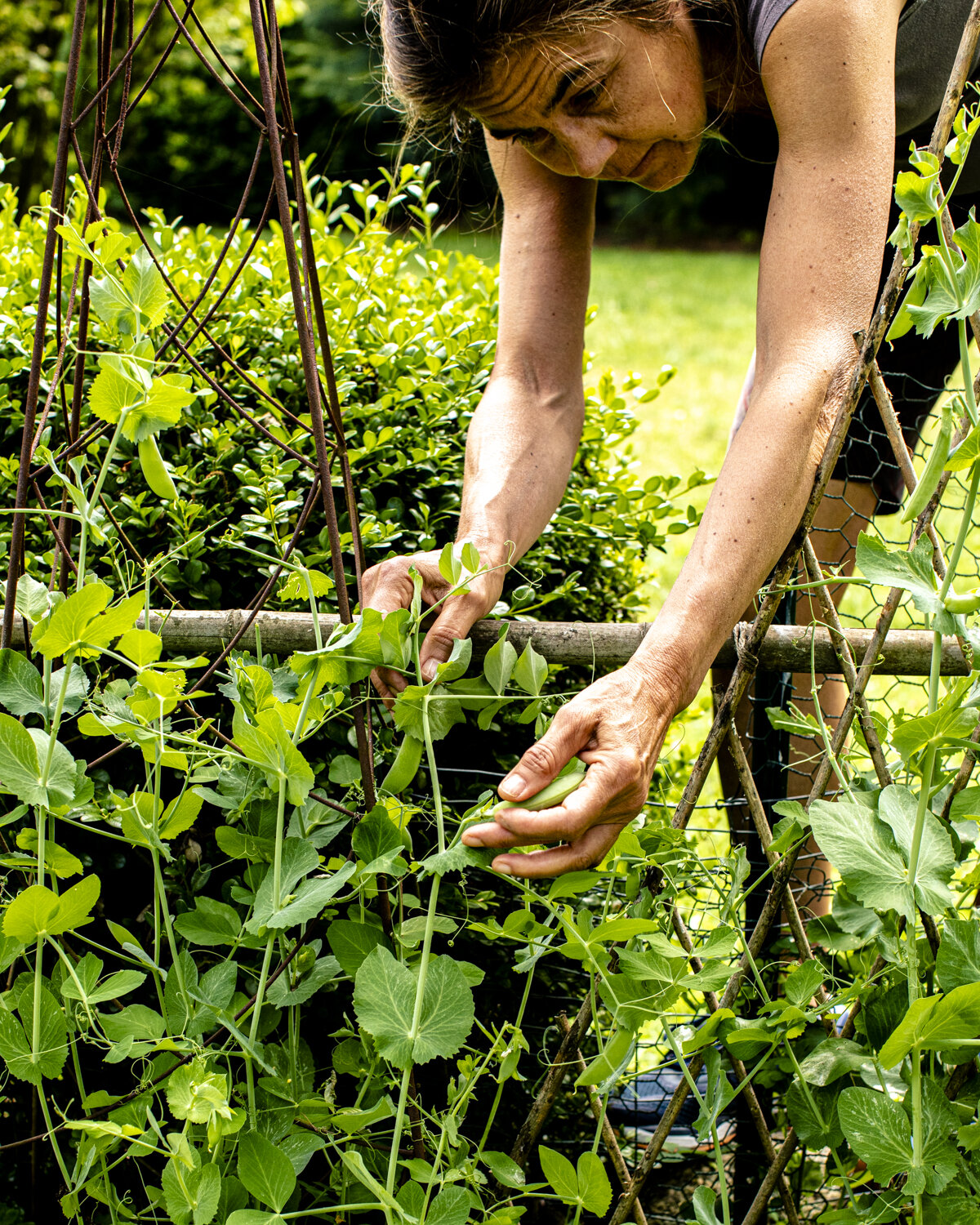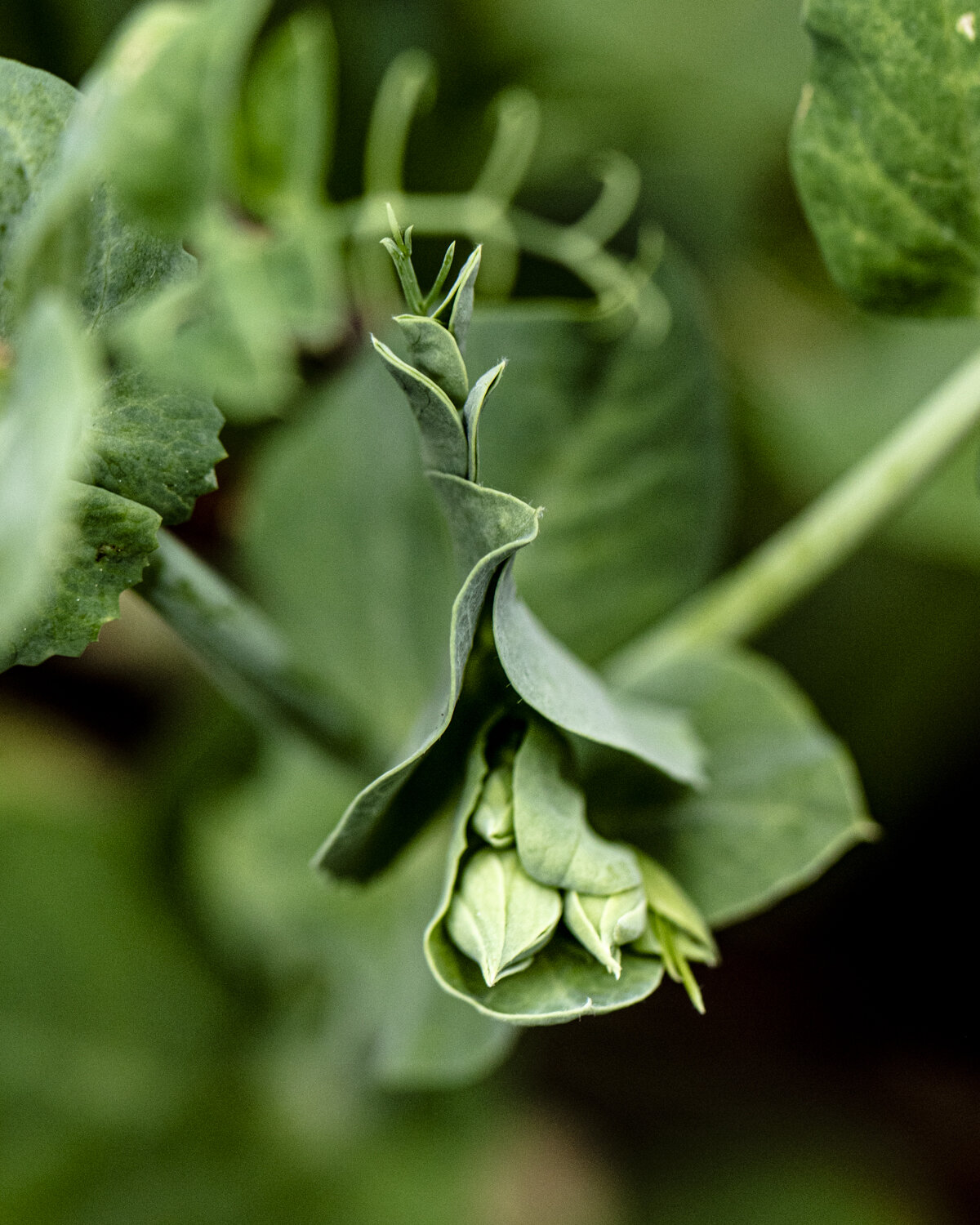Honey Lemon Pudding
Serves 6-8
This is intentionally not a super-sweet dessert although it is deeply satisfying. As a medicinal food, lemon is remarkable. It aids digestion by stimulating the flow of saliva, thus easing the work of the liver. Avocados satisfy that creamy craving, while the ginger, dates and honey each have their own healing properties aimed at restoring our sweet tooth to a place of natural balance.
Pudding:
1 cup pitted medjool dates
4 organic lemons *
1 orange
4 ripe avocados, pitted and peeled
2 tablespoons runny local honey
1 teaspoon ground ginger
Toppings:
Zest of 1 lemon
1/4 cup shredded, unsweetened coconut flakes (roughly 1-2 teaspoons per serving)
1/4 cup chopped walnuts (1-2 teaspoons per serving)
Pit the dates. If they are too dry you may need to rehydrate them by placing in a bowl and covering with boiling water to fully submerge the fruit. Let them soak for 10 minutes, then strain the fruit. (Save the soak water to water one of your houseplants).
Zest one of the four lemons before juicing and set zest aside to use as a topping. Juice the lemons and orange.
Place all the pudding ingredients in a food processor. Blend until smooth.
Spoon the pudding into individual dessert dishes and chill in the refrigerator for 30 minutes.
Serve, garnished with lemon zest, coconut flakes and walnuts.
* Whenever a recipe calls for the rind or zest of a citrus fruit, it is vitally important to your health and the health of the planet to use organic fruit. Many fungicides and disinfectants are sprayed on the outside of non organic citrus fruits to maintain freshness in transit. Some of these are known carcinogens that are also disturbing to thyroid hormone levels.




